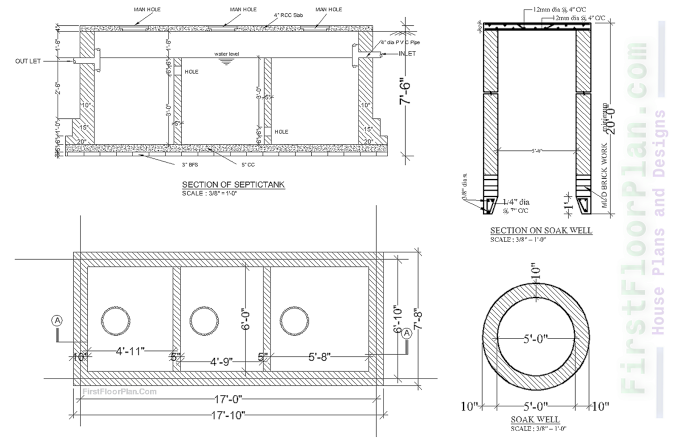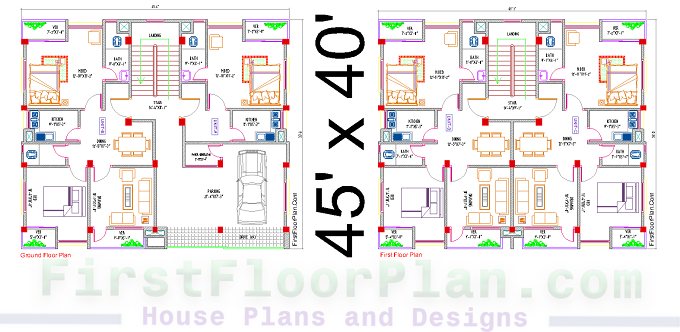How to setup Electrical installations in Residential Building?
Setting up
electrical installations in a residential building involves a few key steps:
1.
Planning:
First, make a plan of where you want electrical outlets, switches, and light
fixtures to go in each room. Consider the layout of furniture and appliances.
2.
Safety: Always
prioritize safety. Use proper wiring, switches, and outlets that meet Indian
safety standards. Make sure to have circuit breakers or fuses to prevent
electrical overloads.
3.
Materials:
Gather all the necessary materials like wires, switches, outlets, circuit
breakers, and junction boxes.
4.
Wiring: Start
by installing the wiring according to your plan. Use PVC-insulated wires and
run them through PVC conduits to protect them from damage.
5.
Outlets and Switches: Install electrical outlets and switches at appropriate heights and
locations. Outlets should be spaced evenly around the room for convenience.
6.
Light Fixtures:
Install light fixtures according to your plan. Make sure they are securely
attached to the ceiling or wall.
7.
Earthing:
Install earthing for safety. Connect all metal parts of the electrical system
to the earth to prevent electric shock.
8.
Testing: Once
everything is installed, test each outlet, switch, and light fixture to ensure
they are working properly. Check for any loose connections or wiring issues.
9.
Final Inspection: After installation, have a qualified electrician inspect your work to
ensure it meets local electrical codes and safety standards.
10. Documentation: Keep a record of all the electrical
work done, including diagrams of the wiring layout and any permits or
inspections.
Download
AutoCAD file: Electrical
installations for Residential Building
More CAD File:
Hospital
Furniture and Equipment Blocks
Remember, if you're not familiar with electrical work, it's best to hire a licensed electrician to do the job safely and correctly. Safety should always be the top priority when working with electricity.













